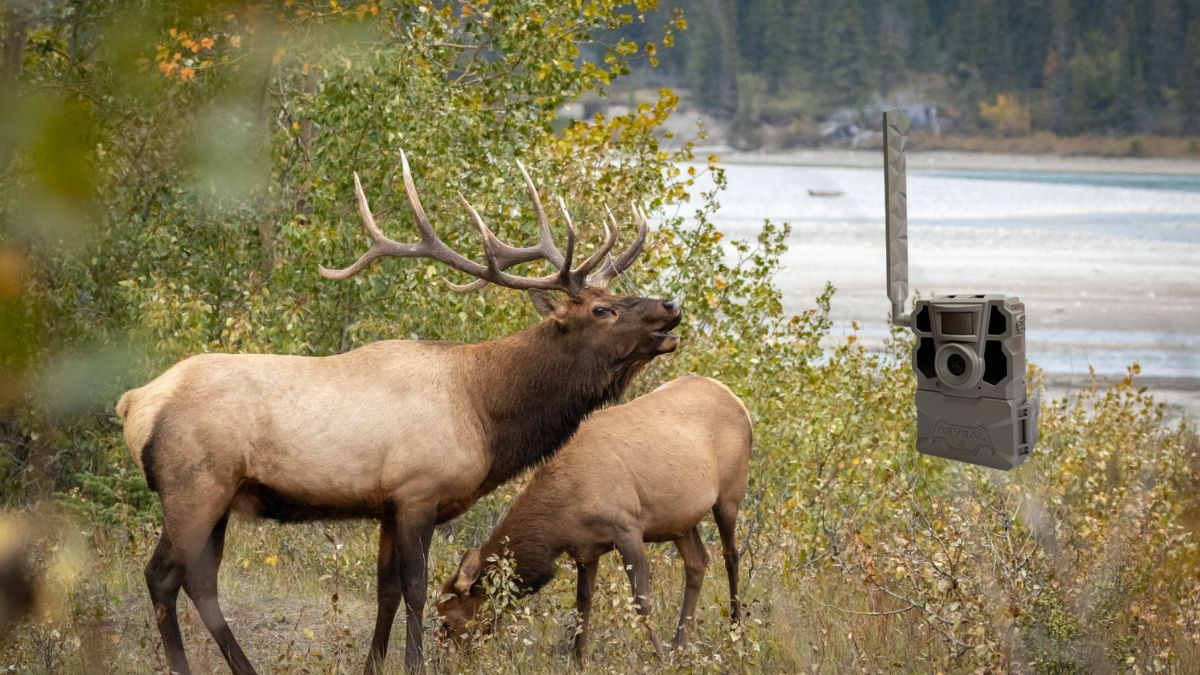Canada’s huge wilderness is the home of numerous species of animals, from renowned bears to rare lynxes. Tracking these creatures in their natural habitat is important for conservation efforts and the study of their behaviour. However, the Canadian wilderness poses difficulties such as remote locations, tough weather, and restricted access. It is here that cellular trail cameras become useful, making it possible to keep track of wildlife in areas where other monitoring systems fail.
Understanding Cellular Trail Cameras
Cellular Trail Cameras are smart devices with a SIM card that allows them to connect to a cellular network. This makes it possible for them to send images and videos to your phone or computer wirelessly. This guarantees the provision of real-time monitoring abilities. Conventional trail cameras demand the user to make a physical trip to collect the data. In comparison, cellular trail cameras offer remote access, which makes them perfect for monitoring wildlife in areas that are inaccessible.
Key Features for Canadian Wilderness
- Weather Resistance: Canadian wilderness is famous for its unpredictable weather, from frost winter to blazing summer heat. The cameras are built to withstand these conditions, and they have weather-resistant casings and seals that keep dust and moisture out. This way, the cameras will be able to function without any interruptions, delivering continuous surveillance despite the weather conditions.
- Remote Monitoring: One of the most obvious characteristics of cellular trail cameras is the possibility of tracking animals at a distance. Nowadays, you can view the photos and videos captured by the camera from any place that has an internet connection without the need to visit the camera site often. In the Canadian wilderness, this remoteness is priceless, providing researchers and wildlife enthusiasts the opportunity to observe wildlife on their terms without interfering with their natural habitat.
- Real-time Data Transmission: Likewise, another benefit of cellular trail cameras is real-time data transmission. Once the camera is focused and an image or video is captured, it is wirelessly sent to your device for immediate insight of the wildlife activity. This data is really important in the Canadian wilderness, where the conditions may change very fast, and the information in real-time can be a lifesaver for wildlife.
- Long Battery Life: Cellular trail cameras have long-lasting batteries that can run for several weeks or months uninterrupted. This is a crucial factor in the Canadian wilderness, where there could be no electricity supply available. The extended battery life gives the cameras the capacity to run for a prolonged duration without the need for frequent battery replacement hence the continuous monitoring without interruption.
- Power Options: Besides having a long battery life, cellular trail cameras also provide different power solutions that can be useful in different situations. Some cameras can run by solar panels, thus operating indefinitely with sufficient sunlight. This is very important in remote areas where the sources of power are limited; this ensures that the cameras are always working without human intervention.
Case Studies and User Experiences
Countless wildlife monitoring projects in the Canadian forests have employed cellular trail cameras for their effectiveness. For instance, scientists who are tracking the migration of caribou herds in northern Canada utilize cellular trail cameras to observe the movement of herds across vast distances. Real-time data offered by cameras helped researchers learn important details about caribou behaviour and habitat use, which in turn contributed to wild caribou conservation.
Comparison with the Conventional Trail cameras
In contrast to common trail cameras, cellular trail cameras have certain advantages that make them perfect for the Canadian wilderness. Normally, the trail cameras have to be physically retrieved, which may be time-consuming and have a negative impact on wildlife. On the other hand, cellular trail cameras give access remotely, so the scientists can observe the animals without interfering with their natural behaviours. Cellular trail cameras also have the feature of real-time data transmission, which gives the user immediate insights into wildlife activities.
Selecting The Appropriate Cellular Trail Camera
When selecting a cellular trail camera to monitor wildlife in the Canadian wild, different issues should be considered. These include waterproofing, battery life, power options, and data transmission abilities. It is necessary to choose a camera that is made for outdoor use and can withstand the harsh conditions that characterize Canada.
Final Words!
In a nutshell, cellular trail cameras are the new big thing in wildlife monitoring in the Canadian wilderness. Being weather-proof, remote monitoring, and real-time data transfer make them best suited for tracking wildlife in remote and challenging areas. Whether you are a researcher studying wildlife behaviour or a lover of the wild, these cameras can give you the information you need and create experiences you will never forget in the wilderness of Canada.


